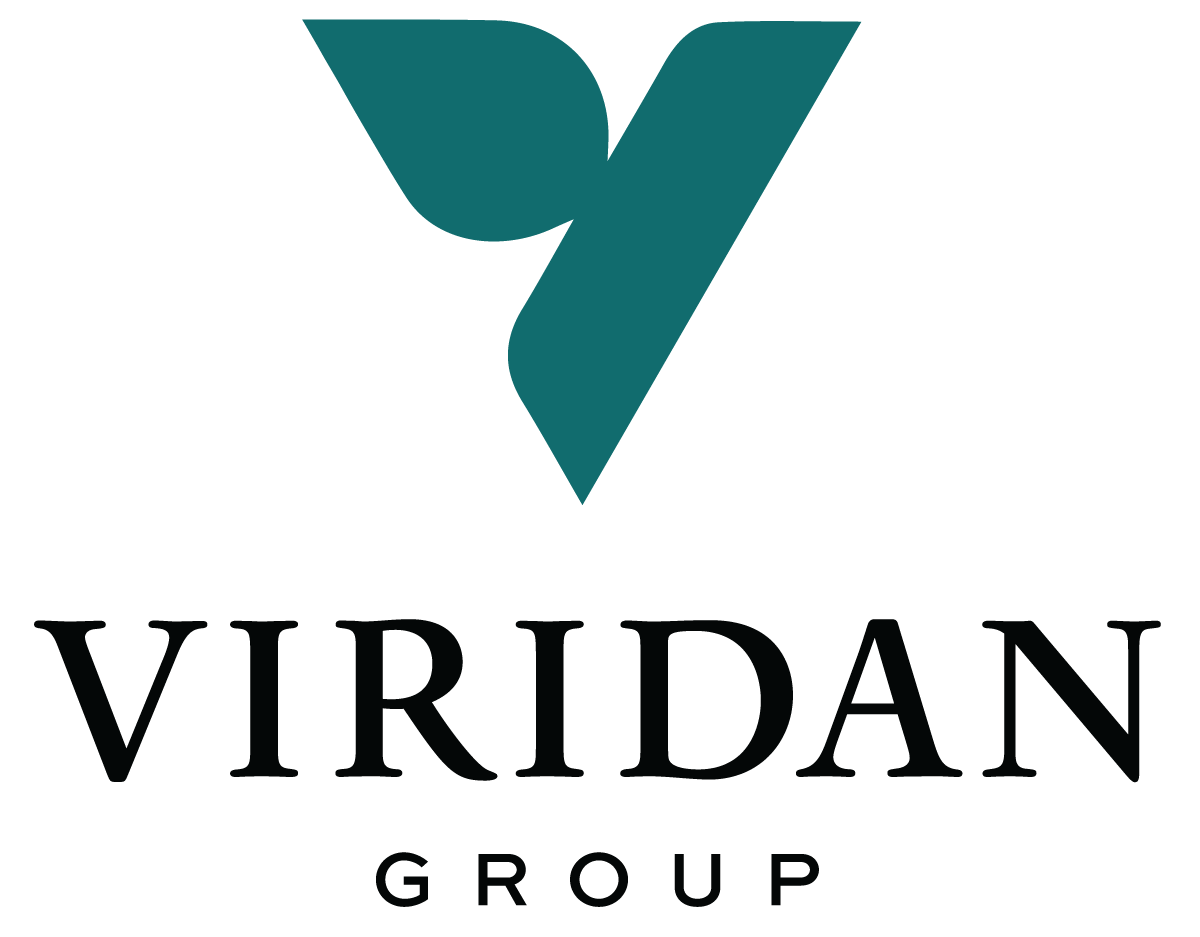Energizing America: The Impact of the Inflation Reduction Act on Renewable Energy
The Inflation Reduction Act, or the IRA, has been a game-changer, establishing the U.S. as a top player in renewable energy. While the IRA has had a nationwide impact, this newsletter dives into state-specific policies most influenced by the IRA and how they affect local renewable energy jobs.
Key state policies driving cleantech activity:
Renewable Portfolio Standards
Net Metering
Incentives and Tax Credits
Renewable Energy Financing Programs
Interconnection Standards
Community Solar Programs
Energy Efficiency Standards
Utility Regulations
The states leading in renewable energy jobs are:
California (523,480)
Texas (251,774)
New York (166,014)
Florida (165,857)
Michigan (123,983)
Technology Trends
According to S&P Global Market Intelligence, the U.S. renewable energy market is expected to grow by 17% to 42 GW, with an additional 30% growth by 2030. Right now, wind energy makes up 41% of renewable energy production, followed by hydro at 23%, solar at 20%, and biomass and geothermal at 5%. Advances in technology and geopolitical factors are shifting the landscape, with solar and hydrogen gaining more prominence over older technologies like wind and hydro. By 2030, solar is expected to take the lead from wind, and hydrogen is set to surpass biomass and geothermal.
Energy storage, especially battery storage, is key to integrating variable renewable energy sources into the grid. Lower costs and more utility-scale projects are speeding up this trend.
Impact on Renewable Energy Jobs
The IRA aims to cut emissions by 50% by 2030, potentially tripling U.S. clean energy production and generating over 500 GW of electricity from renewable sources. This massive expansion is set to create a lot of jobs. The IRA could add 403,000 new jobs and $156 billion to the GDP. During the construction phase, over 300,000 jobs might be created, with nearly 100,000 jobs remaining once projects are completed. Most of these jobs will be in EV, solar, and energy storage sectors.
In Texas, the IRA created over 8,500 jobs in the first year alone and boosted solar and storage deployment, kicking off nearly 15 new projects and nearly $12 billion in investments. In California, energy efficiency investments have created hundreds of thousands of jobs in wind, solar, and hydro sectors, with plans for continued growth and over $20 billion in investments.
The IRA’s tax credit structures are encouraging long-term clean energy investments, promising significant job growth in the renewable energy sector.
Investment Highlights
In Q1 2024, the U.S. added 5,585 MW of new capacity to its utility-scale solar, wind, and storage sectors, marking a 28% increase from the previous year. This new capacity can power one million homes. Solar added 4,557 MW, bringing the total to over 100 GW. Corporate funding for the solar sector was $8.1 billion, down 4% from the previous year but up 47% from the previous quarter. Renewables investment is expected to keep growing, especially in emerging technologies like battery storage and hydrogen.
Deloitte reports $227 billion in announced public and private investments in utility-scale solar, storage, wind, and hydrogen over the past two years, with $100 billion already materialized. Renewables are projected to grow by 17% (up to 42 GW) in 2024, accounting for nearly a quarter of U.S. electricity generation, with a cumulative deployment of up to 850 GW by 2030.
Sources:


